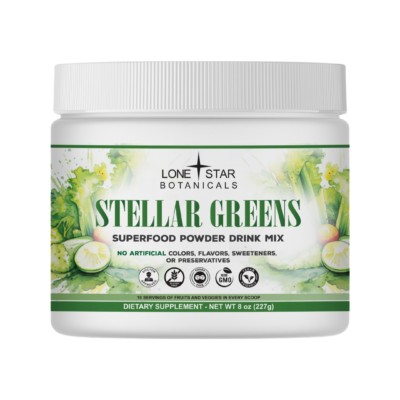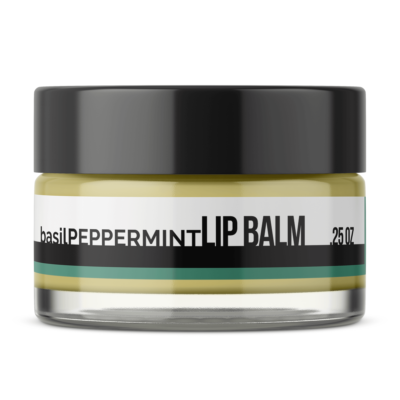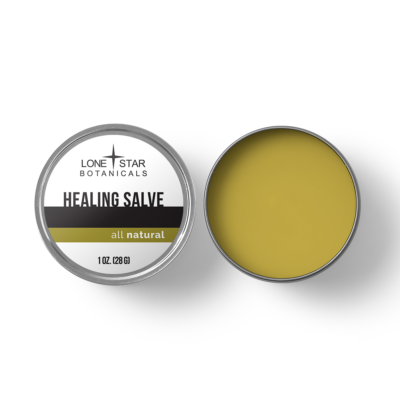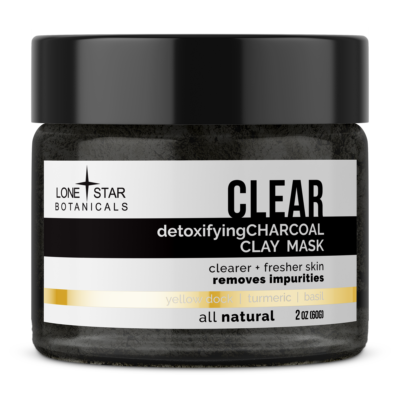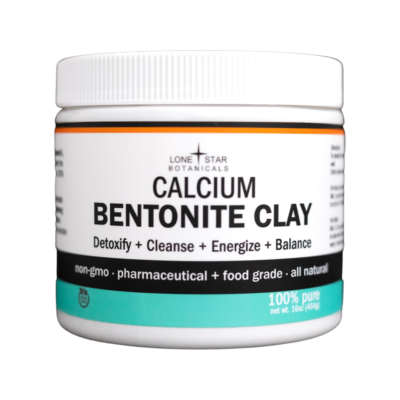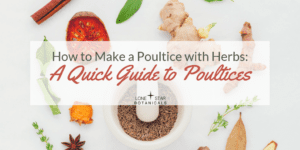
Poultices have been around for a long time as a powerful herbal remedy. And while natural home remedies are making a comeback, poultices have been a bit overlooked as a way to use herbs for topical solutions. So if you want to learn how to make your own, here’s your quick guide to poultices!
How to Make a Poultice with Herbs: A Quick Guide to Poultices
What is a Poultice? How Does a Poultice Work?
A poultice is a natural minor wound dressing, or a homemade paste, that’s applied to the skin. They can also be wrapped in cloth and placed on the skin as well. They’re normally made with herbs, and mixed with other natural substances like epsom salts or activated charcoal.
The poultice works by drawing out any toxins or dirt from an injury and increasing the oxygen in the area to produce new cells. They also help sooth and heal the skin, like for a burn. Some poultices can also help with internal sickness by drawing out the bacteria or helping to break up congestion.
How to Make a Poultice with Herbs
Poultices aren’t hard to make! If you’re using fresh herbs, you’ll want to chop and crush the herbs with a bit of water to make a poultice paste. With dried herbs, you add just enough water to mix and make a paste. You can use hot or cool water, depending on what you’re using it for. Then, you’ll spread it over the injured area and wrap it in cloth or gauze. You’ll change it every few hours to keep it fresh.
Poultice Recipes
Poultice for Infected Finger
For small infected areas, like a bug bite on your hand or finger, a cold sore, or minor cuts and wounds, try lemon balm and activated charcoal. You can mix the two together to make a paste and spread over the infected area. They’re powerful detoxifiers and help draw any bacteria or dirt from the area. Warm water will help draw out toxins, while cool water will offer relief to irritation.
Poultice for Inflammation
For inflammation, mix turmeric and cayenne. This is great for sore muscles or arthritis pain. Mix with hot water (to ease tension but not too hot to burn) to create a paste and rub into the skin. Cover with gauze.
Poultice for Bruises
Comfrey leaf and marshmallow root make a great poultice for bruises, and even sprains. Crush them into a pulp and and mix with hot water to make a paste. When the paste is warm (but not too hot for your skin), spread it over the bruised area and let it sit for several hours.
Poultice for Congestion
You can make a simple poultice for congestion and colds by chopping up an onion and steaming it until soft. Mash them up in a bowl and mix some flour or even some bentonite clay to make a paste. For extra relief (and to help cover up the onion smell), add a few drops of eucalyptus, frankincense and lavender essential oils. You can apply the warm paste directly on the chest, or you can wrap the steamed onion up in a cloth and place it like a compress on the chest. Leave on for at least 15 minutes, and up to an hour.
Try Out Your Own Poultices!
Many herbs and spices can be made into poultices to ease a lot of different aches, pains, and problems. Try them out for yourself! They’re powerful, simple remedies to help you feel better faster, the natural way.



